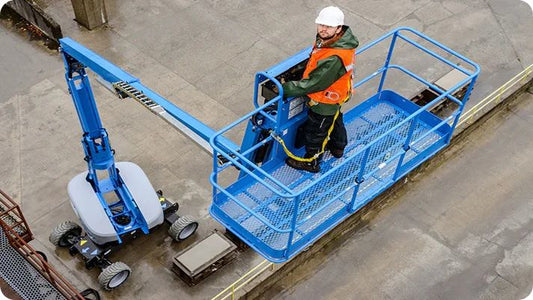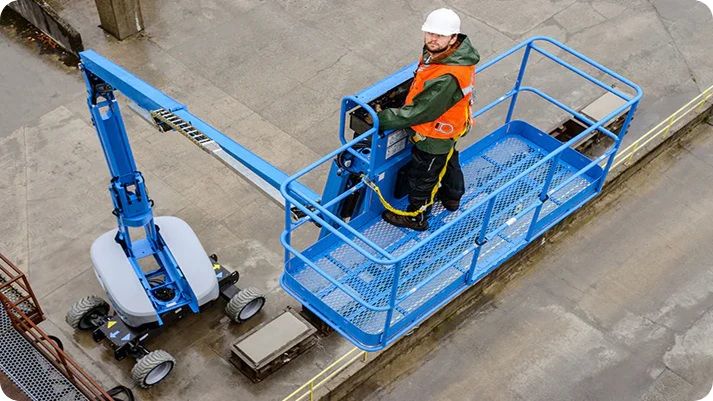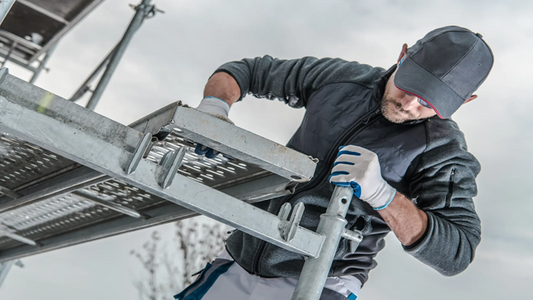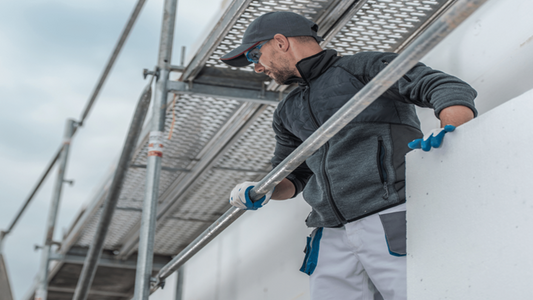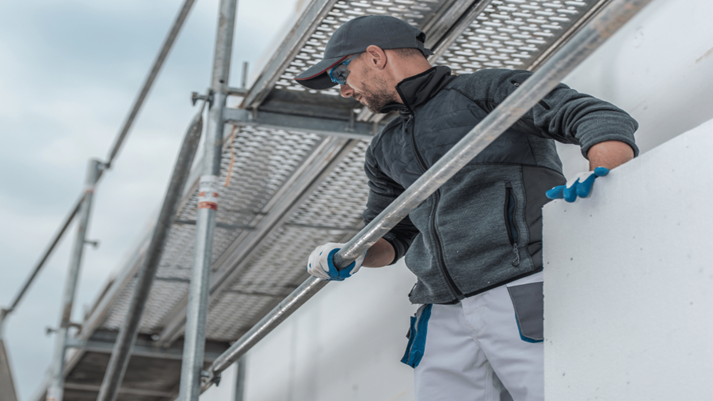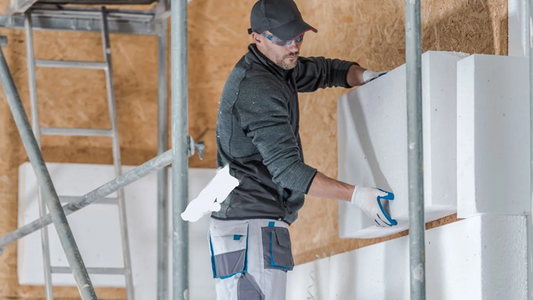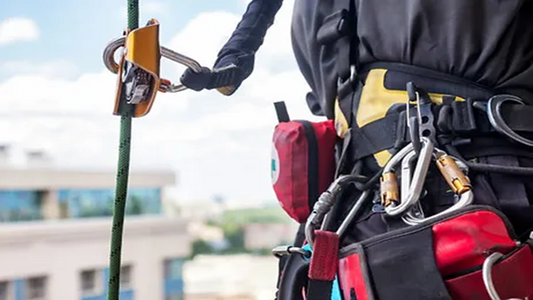Working at height carries significant risks, and falls are among the most common causes of injury and death in the workplace. Therefore, proper planning, training and safety procedures are essential to prevent accidents.
Why working at height is risky
Statistics from Statistics Norway show that falls are a significant part of occupational injuries. In 2017, falls accounted for 4 of 27 registered deaths. In the period 2011–2016, 35 of 240 deaths were occupational injuries related to falls from height.
The Norwegian Labour Inspection Authority therefore prioritizes inspections of work at heights. Examples of critical findings from previous inspections include:
- Inadequate railings
- Large distance between scaffolding and wall
- Poor or unstable scaffolding floor
- Incorrect anchoring of scaffolding
From 2017, stricter enforcement practices were also introduced, with more frequent use of violation fines.
What is considered work at height?
Work at height includes all work where there is a risk of falling to a lower level. This can be:
- Work on scaffolding or lifts
- Working on roofs or ladders
- Facade cleaning, replacing roof tiles or working on containers and vehicles
Security requirements
Requirements for safety equipment come into effect when working from two meters or higher . At lower heights, the employer should still conduct a risk assessment and implement appropriate protective measures.
Security equipment can be divided into two main types:
- Collective safety devices: Protect everyone in the workplace, such as railings and scaffolding.
- Personal fall protection: Used individually, for example a fall protection harness with a braking system. Incorrect use can lead to serious injuries.
How to create safe working conditions
To reduce the risk of accidents, the employer must:
- Organize the workplace and equipment
- Provide thorough training in the use of scaffolding, lifts and fall protection equipment
- Establish good routines for safety and control
- Actively promote safety as part of the work culture
A good safety culture is achieved when:
- Risk assessments are made known to all employees
- Training is documented and available
- Deviations are handled and clearly documented
- Safety messages are repeated regularly and integrated into work routines
The importance of training
Inadequate training is one of the main causes of accidents at height. Incorrect use of personal fall protection, poorly installed railings or incorrectly dimensioned scaffolding can lead to serious consequences.
All employees who will be working at height must have documented training and understand the regulations. Using the correct safety equipment can save lives, while incorrect use can be downright dangerous.
Risk assessment when working at height
Working at height is not just about high falls. Even a fall of one meter can generate forces equivalent to one ton, and lead to serious injuries. Therefore, all work tasks at height must be risk assessed:
- What are the risks?
- What protective measures are required?
- How are work methods adapted to the risk?
Practical tips for safe working at height
Before starting work at height, you should:
- Conduct thorough risk assessment and ensure training
- Plan the work tasks and conduct a local inspection
- Ensure that all safety installations are in place before work begins.
Summary
Fall accidents can have fatal consequences, and working at height requires planning, expertise and a focus on safety. The employer has the overall responsibility for ensuring that the workplace is safe and that employees follow routines.
Rushing or ignoring safety measures dramatically increases risk. By following regulations, using the right safety equipment, and building a good safety culture, dangerous situations can be prevented.




